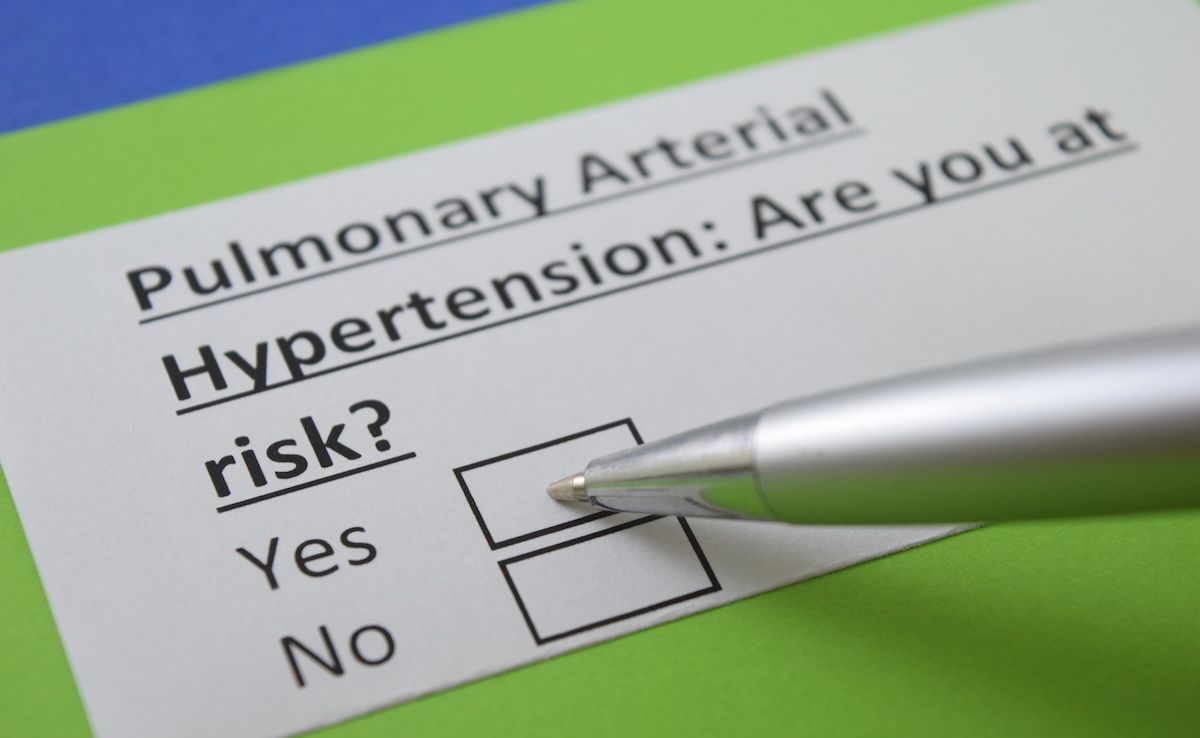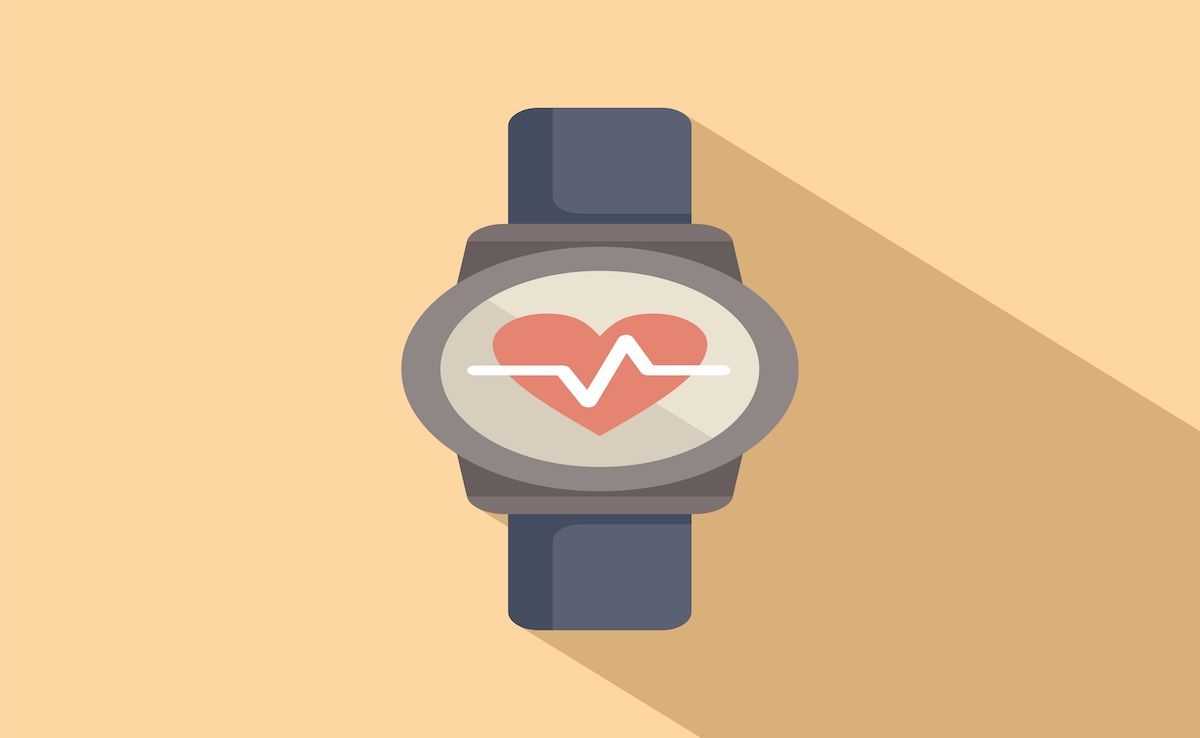News
Article
Burden of PAH Weighs Heavy Worldwide
Author(s):
Key Takeaways
- PAH incidence and prevalence have increased globally, with significant regional disparities influenced by sociodemographic factors and healthcare access.
- High-SDI countries show stable age-standardized prevalence rates, while low-SDI regions experience substantial increases in PAH cases.
Three decades of data from the Global Burden of Disease Study were analyzed for trends in global, regional, and national burdens in pulmonary arterial hypertension (PAH).
Female individuals and older adults, especially if they live in an economically disadvantaged sociodemographic index (SDI) area, are more likely to be adversely affected by pulmonary arterial hypertension (PAH), highlighting the ongoing burden of PAH despite an overall decline in age-standardized incidence rates (ASIRs) of this rare and progressive type of pulmonary hypertension and severe cardiovascular condition.
PAH continues to present a significant, global health burden despite treatment and diagnosis advances, and its true impact on the 192,000 patients living with this condition remains a major global health threat.1
Data on incidence, prevalence, mortality rates, and disability-adjusted life-years (DALYs) from 1990 to 2021 from the Global Burden of Disease Study—covering 204 countries and regions—were used for a new systematic analysis published recently in BMJ Open.2 This investigation dove deeper compared with previous studies, in that it included stratified SDI classifications and assessments of regions with limited health care access.
Principal Findings of Interest
There was an exponential leap in global incidence and prevalence of PAH between 1990 and 2021: 85.62% and 81.46%, respectively. However, the ASIR rate (per 100,000 persons) was steady, changing an estimated 0.05% annually (95% CI, 0.03%-0.07%) over the same period. Drilling down to SDI, results varied between high-SDI regions and low-SDI regions. From high- to low-SDI regions, these results were seen:
- High SDI: steady ASIR of 0.37 (95% CI, 0.29-0.44)
- High-middle SDI: 0.03% increase
- Middle SDI: 0.02% decrease
- Lower-middle SDI: 0.17% decrease
- Low SDI: 0.30% decrease
Disease ASIRs were greatest in Central Europe (0.47) and lowest in North America (0.30), notable increases were seen in Central Europe and the Caribbean (0.40% and 0.27%, respectively), and the most significant drop was seen in Western Sub-Saharan Africa (1.15%).
The global pattern of PAH is complex and uneven, with regions seeing substantial variation and marked inequality between high-income nations and developing countries. | Image Credit: © Richelle-stock.adobe.com

County-level variations were significant, too, with the study authors attributing these to “differences in health care quality, disease awareness, and diagnostic capabilities across countries.” Stable ASIRs were seen in high-SDI countries (0.47 and 0.37 in France and Germany, respectively) but trended up and down among low- and low-middle SDI countries (Ethiopia, 1.0 per 100,000; Benin, 1.32% decrease per year).
For female and male individuals, incident PAH cases increased 86% in each group, but the estimated annual percentage change was slightly higher in females: 0.06% vs 0.03%.
When sociodemographic information was considered, moderate total case increases were seen in high-SDI (48.36%) and high-middle SDI (50.85%) regions. A sharp contrast was seen for this outcome when investigating as such in middle-, low-middle, and low-SDI regions, which had substantial increases of 106.43%, 119.21%, and 120.38%, respectively.
Among the regions included in the Global Burden of Disease Study 2021, the largest overall increase in cases was seen with 214.21% in Western Sub-Saharan Africa, even though there was a small decline in its age-standardized prevalence rate, from 3.22 to 2.97 per 100,000 population. Eastern Europe experienced a 6.52% drop in cases and a prevalence rate that fell from 3.21 to 2.83 per 100,000. A stark contrast was seen in the United Arab Emirates and Qatar, which had total case increases of 615.52% and 717.15%, respectively.
“High-SDI countries generally demonstrated more modest increases while maintaining relatively stable [age-standardized prevalence rates],” the authors wrote.
For mortality outcomes, total global deaths rose 48.36% from 1990 to 2021, despite the estimate annual percentage change drop of 0.57% and the age-standardized mortality rate also falling, from 0.35 to 0.27 deaths per 100,000 population.
Overall, global DALYs dropped from 687,419 cases to 642,419 cases between 1990 and 2021, or 6.59%. Building on these results, age-standardized DALYs fell from 13.21 to 8.24 per 100,000, or 37.62%. In particular, substantial improvement was seen in high-middle SDI regions, which experienced a 22.09% drop in DALY totals.
Conclusions
The pattern is complex and uneven, the study authors explained, when getting to the heart of the global burden of PAH. Regions saw substantial variation, and there was marked inequality between high-income nations and developing countries.
Notable contributions to these disparate outcomes come from environmental exposures, increasing rates of sedentary behaviors and dietary changes, tobacco consumption, urbanization, economic development, and comorbid health conditions, such as infectious diseases and nutritional deficiencies. In addition, certain regions have access to more advanced health care options, such as treatment and diagnostic capabilities, while others have to deal with within-region variations in substance use patterns.
The authors’ solution is 3-fold, they explain.
“Strengthening health care systems, improving diagnostic and treatment capabilities, and focusing on high-risk groups,” they wrote, “are crucial steps towards reducing the global impact of PAH and achieving equitable health outcomes.”
References
1. Leary PJ, Lindstrom M, Johnson CO, et al. Global, regional, and national burden of pulmonary arterial hypertension, 1990-2021: a systematic analysis for the Global Burden of Disease Study 2021. Lancet Respir Med. 2025;13(1):69-79. doi:10.1016/S2213-2600(24)00295-9
2. Wu X, Suo S, Su X, et al. Trends in pulmonary arterial hypertension: insights from Global Burden of Disease 1990–2021. BMJ Open. 2025;15(3):e095348. doi:10.1136/bmjopen-2024-095348





